41 respiratory system with labels and functions
Respiratory system structure and function - BBC Bitesize Air enters the body and is warmed as it travels through the mouth and nose. It then enters the trachea. The trachea divides into two bronchi. One bronchus enters each lung. Each bronchus branches ... The 12 parts of the respiratory system (characteristics and functions ... Its main function is to bring air into the lungs when we inhale and expel it when we exhale. And since there are two lungs, the trachea, in its lowest region, bifurcates in two, giving rise to two tubes and each of them enters one of the lungs. 6. Lungs The lungs are the center of the respiratory system.
Respiratory System Labeling Interactive Quiz - PurposeGames.com This is an online quiz called Respiratory System Labeling Interactive There is a printable worksheet available for download here so you can take the quiz with pen and paper. From the quiz author Interactive for 5th Graders This quiz has tags. Click on the tags below to find other quizzes on the same subject. respiration lungs respiratory system

Respiratory system with labels and functions
5 Functions of Respiratory System | Respiratory Anatomy - Visible Body The following are the five key functions of the respiratory system. 1. Inhalation and Exhalation Are Pulmonary Ventilation—That's Breathing The respiratory system aids in breathing, also called pulmonary ventilation. In pulmonary ventilation, air is inhaled through the nasal and oral cavities (the nose and mouth). 3.3 Lipids - Biology 2e | OpenStax Many fast food restaurants have recently banned using trans fats, and food labels are required to display the trans fat content. Omega Fatty Acids. Essential fatty acids are those that the human body requires but does not synthesize. Consequently, they have to be supplemented through ingestion via the diet. Respiratory system - Histology 11 Respiratory system . The exchange of gases, such as carbon dioxide and oxygen, between the air and blood takes place in the lungs.In the alveoli, balloon-like structures in the lungs, gases diffuse between the inside and outside of the body by the process of simple diffusion, based on concentration gradient.A system of air passages brings the air to the respiratory membrane in the alveoli.
Respiratory system with labels and functions. Respiratory system | healthdirect Your respiratory system brings oxygen into your body and helps to remove carbon dioxide. Your lungs are part of your respiratory system. They sit in your chest, protected by your ribcage. Problems with your respiratory system can reduce the oxygen that reaches your lungs, which can make you unwell. Parts of the respiratory system How the Lungs Work - The Respiratory System | NHLBI, NIH The circulatory system helps deliver nutrients and oxygen from the lungs to tissues and organs throughout the body. It also helps remove carbon dioxide and waste products. Other body systems that work with the respiratory system include the nervous system, lymphatic system, and immune system. Respiratory System: Functions, Facts, Organs & Anatomy Your respiratory system is the network of organs and tissues that help you breathe. This system helps your body absorb oxygen from the air so your organs can work. It also cleans waste gases, such as carbon dioxide, from your blood. Common problems include allergies, diseases or infections. Appointments 216.444.6503 Appointments & Locations Respiratory System [Parts and Functions for Kids] - HowForKids Function of the Respiratory System. Respiratory System for Children: Respiration is a natural phenomenon that allows taking in oxygen and eliminating carbon dioxide. All cells need a constant supply of oxygen in order to live. The air we inhale is made up of a mixture of gases.
Structure of The Respiratory System, Related to Function - Pmc Respiratory structures are disrupted by disease, and the oft-repeated aphorism 'structure is related to function' is never more applicable than in the respiratory system in health and disease. Study of its structure considerably eases understanding of how the respiratory system works. We will first describe the airways of the lung and then ... Respiratory system diagram: Function, facts, conditions, and more The respiratory system allows people to breathe. It is made up of several organs and structures that transport air into and out of the lungs, exchanging oxygen with carbon dioxide. While the... Organs of the Respiratory System And Their Functioning They carry out the work of supplying the body with oxygen and removing carbon dioxide. 1. The left lung is divided into 2 lobes (superior and inferior) while the right lung into 3 (superior, inferior and middle). 2. Each lung possesses a triangular organ called hilum; blood vessels, nerves, lymphatics and bronchi pass through the hilum. Alveoli Respiratory system: Anatomy and functions | Kenhub The main function of the respiratory system is pulmonary ventilation, which is the movement of air between the atmosphere and the lung by inspiration and expiration driven by the respiratory muscles. The respiratory system works as a whole to extract the oxygen from the inhaled air and eliminate the carbon dioxide from the body by exhalation.
Respiratory System - Medical Terminology for Healthcare Professions The major structures of the respiratory system function primarily to provide oxygen to body tissues for cellular respiration, remove the waste product carbon dioxide, and help to maintain acid-base balance. ... The major organs in the respiratory system are labeled. [Return to Figure 12.1]. Figure 12.2 image description: ... Respiratory System - Definition, Function and Parts - Biology Dictionary Respiratory System Function Primary Function The primary function of the respiratory system is gas exchange. Animal cells use oxygen and produce carbon dioxide as a byproduct. Not only do animals need a way to get more oxygen into the cells, but they also need a way to remove carbon dioxide. The respiratory system provides this functionality. Respiratory system - Wikipedia In humans and other mammals, the anatomy of a typical respiratory system is the respiratory tract. The tract is divided into an upper and a lower respiratory tract. The upper tract includes the nose, nasal cavities, sinuses, pharynx and the part of the larynx above the vocal folds. Histology at SIU, connective tissue The obsolete term reticuloendothelial system refers to the macrophages of the liver, spleen and lymph nodes (i.e., those organs with elaborate endothelially-lined channels supported by reticular connective tissue). The name reflects former confusion about the distinction between endothelial cells and the scattered population of macrophages ...
Respiratory System: Parts, Function, and Diseases - WebMD Common diseases of the respiratory system include: Asthma. Your airways narrow and make too much mucus. Bronchiectasis. Inflammation and infection make your bronchial walls thicker. Chronic ...
Functions of the Respiratory System The respiratory system is made up of multiple small and large organs, bones, and muscles, which all work together to accomplish each task of the system. Broadly classified into the upper and lower respiratory tracts, here are the functions of the different parts: Upper Respiratory System Function of the Nose
BAM! Body and Mind | Healthy Schools | CDC Aug 04, 2022 · Welcome to the BAM! Body and Mind Classroom Resources for Teachers portal. This page contains a variety of information and resources for teachers of grades 4-8 to use in the classroom and help students make healthier lifestyle choices.
Vitamin A | Linus Pauling Institute | Oregon State University Feb 25, 2021 · Vitamin A has important roles in embryonic development, organ formation during fetal development, normal immune functions, and eye development and vision. (More information) Vitamin A deficiency is a major cause of preventable blindness in the world. It is most prevalent among children and women of childbearing age.
Central nervous system - Wikipedia The central nervous system (CNS) is the part of the nervous system consisting primarily of the brain and spinal cord.The CNS is so named because the brain integrates the received information and coordinates and influences the activity of all parts of the bodies of bilaterally symmetric and triploblastic animals—that is, all multicellular animals except sponges and diploblasts.
Respiratory System Anatomy, Diagram & Function | Healthline The respiratory system, which includes air passages, pulmonary vessels, the lungs, and breathing muscles, aids the body in the exchange of gases between the air and blood, and between the blood...
human respiratory system | Description, Parts, Function, & Facts human respiratory system, the system in humans that takes up oxygen and expels carbon dioxide. The design of the respiratory system The human gas-exchanging organ, the lung, is located in the thorax, where its delicate tissues are protected by the bony and muscular thoracic cage.
Upper Respiratory System | Respiratory Anatomy - Visible Body Nose. The nose detects odor molecules and helps filter and warm the air we inhale. The upper respiratory system, or upper respiratory tract, consists of the nose and nasal cavity, the pharynx, and the larynx. These structures allow us to breathe and speak. They warm and clean the air we inhale: mucous membranes lining upper respiratory ...
22.1 Organs and Structures of the Respiratory System Alveoli are connected to their neighbors by alveolar pores, which help maintain equal air pressure throughout the alveoli and lung ( Figure 22.11 ). Figure 22.11 Structures of the Respiratory Zone (a) The alveolus is responsible for gas exchange. (b) A micrograph shows the alveolar structures within lung tissue.
What is the function of respiratory system? - tutorialspoint.com Functions Inhalation and Exhalation − The respiratory system helps in breathing, likewise called pulmonary ventilation. Air is breathed in through the nose and mouth. It travels through the pharynx, larynx, and trachea into the lungs. At that point air is breathed out, streaming back through the same path.
Vaccine Storage and Handling Resources | CDC Vaccine Storage and Handling. Provider’s Role: Importance of Vaccine Admin. & Storage Includes vaccine administration, timing and spacing of vaccine doses, observation of precautions and contraindications, management of vaccine side effects, etc.
Shop by Category | eBay Shop by department, purchase cars, fashion apparel, collectibles, sporting goods, cameras, baby items, and everything else on eBay, the world's online marketplace
Anatomy of the Respiratory System - Health Encyclopedia - University of ... The lungs take in oxygen. Your body's cells need oxygen to live and carry out their normal functions. The lungs also get rid of carbon dioxide, a waste product of the cells. The lungs are a pair of cone-shaped organs made up of spongy, pinkish-gray tissue. They take up most of the space in the chest (thorax).
Human Respiratory System - BYJUS The functions of the human respiratory system are as follows: Inhalation and Exhalation The respiratory system helps in breathing (also known as pulmonary ventilation.) The air inhaled through the nose moves through the pharynx, larynx, trachea and into the lungs. The air is exhaled back through the same pathway.
The Respiratory System - Diagram, Structure & Function - TeachPE.com March 24, 2021 The function of the human respiratory system is to transport air into the lungs and to facilitate the diffusion of oxygen into the bloodstream. It also receives waste Carbon Dioxide from the blood and exhales it. Here we explain the anatomy of the airways and how oxygen gets into the blood. Advertisements
13.2 Structure and Function of the Respiratory System Upper respiratory tract organs provide a route for air to move between the outside atmosphere and the lungs. They also clean, humidify, and warm the incoming air. No gas exchange occurs in these organs. Nasal Cavity The nasal cavity is a large, air-filled space in the skull above and behind the nose in the middle of the face.
Human Respiratory System - Diagram, Features, Parts and Functions - VEDANTU Respiratory System Functions. The respiratory system function is a very important metabolic process in our body that plays a crucial role in all living beings. Inhalation and Exhalation: It begins by breathing and ends by exhalation, that's the simplest explanation. But during and after these two acts, several processes are going on endlessly ...
Respiratory System Organs and Their Functions - New Health Advisor Respiratory System Organs and Their Functions The respiratory system plays a vital role in the body, by providing your cells with much needed oxygen, as well as excreting carbon dioxide, which can be deadly if allowed to accumulate. Major parts of the system include the airways, the lungs, and the muscles of respiration.
Respiratory System: How It Works, Common Issues, and More - Healthline The respiratory system is responsible for the exchange of carbon dioxide and oxygen in the human body. This system also helps remove metabolic waste products and keep pH levels in check. The...
Respiratory system - Histology 11 Respiratory system . The exchange of gases, such as carbon dioxide and oxygen, between the air and blood takes place in the lungs.In the alveoli, balloon-like structures in the lungs, gases diffuse between the inside and outside of the body by the process of simple diffusion, based on concentration gradient.A system of air passages brings the air to the respiratory membrane in the alveoli.
3.3 Lipids - Biology 2e | OpenStax Many fast food restaurants have recently banned using trans fats, and food labels are required to display the trans fat content. Omega Fatty Acids. Essential fatty acids are those that the human body requires but does not synthesize. Consequently, they have to be supplemented through ingestion via the diet.
5 Functions of Respiratory System | Respiratory Anatomy - Visible Body The following are the five key functions of the respiratory system. 1. Inhalation and Exhalation Are Pulmonary Ventilation—That's Breathing The respiratory system aids in breathing, also called pulmonary ventilation. In pulmonary ventilation, air is inhaled through the nasal and oral cavities (the nose and mouth).
/human-respiratory-system-lungs-anatomy-1226884277-b922ec7e92054780a6dc2308107f5188.jpg)






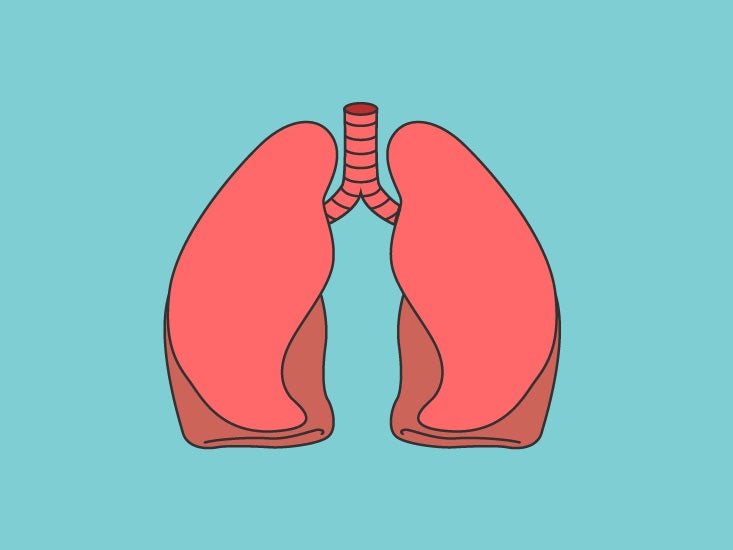

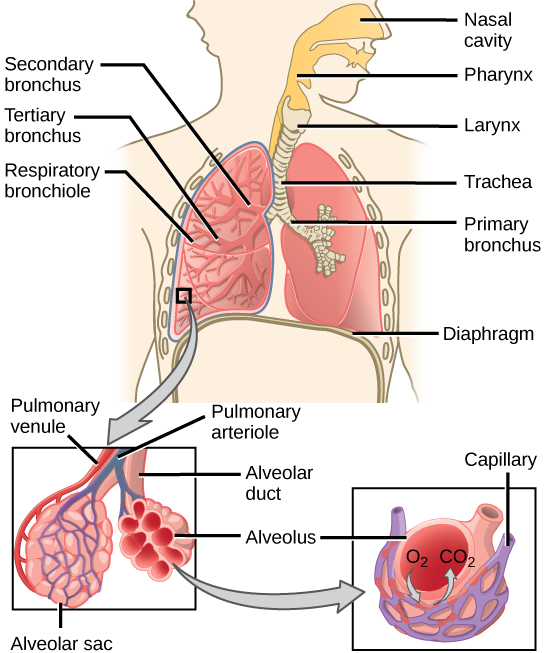
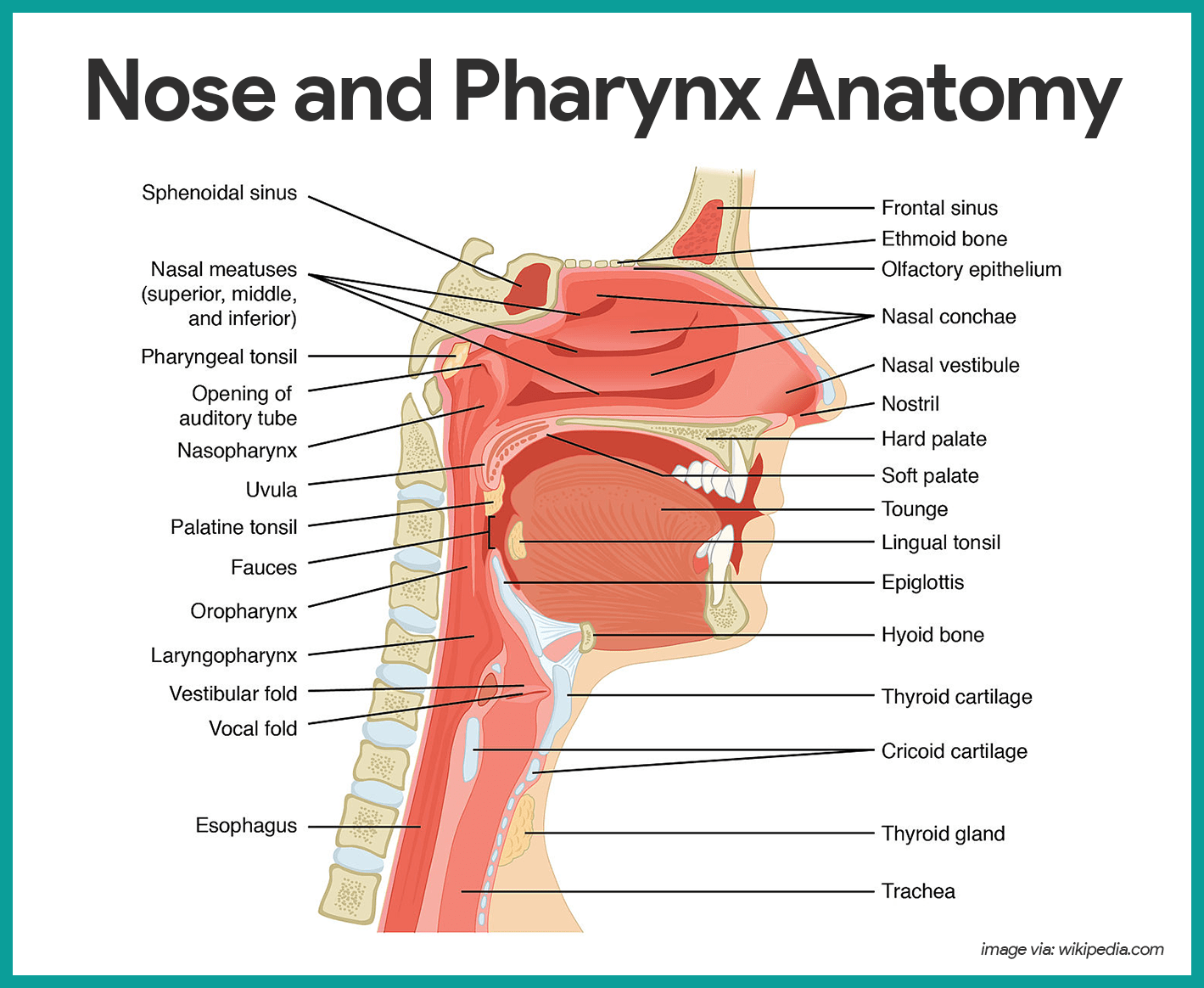
:watermark(/images/watermark_5000_10percent.png,0,0,0):watermark(/images/logo_url.png,-10,-10,0):format(jpeg)/images/overview_image/133/WEQU5hv5Rk6ZH7SurbIgVQ_anatomy-of-respiratory-system_english.jpg)
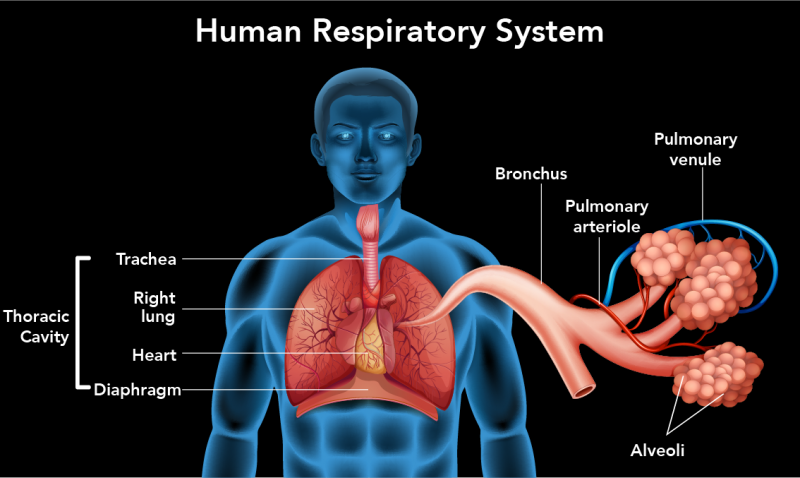


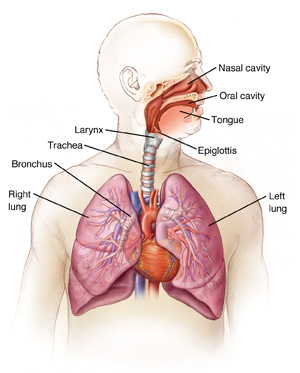







![MCQ] - Carefully study the diagram of the human respiratory ...](https://d1avenlh0i1xmr.cloudfront.net/504ac16c-f16c-4843-bc88-0a8a95e1521f/q11---human-respiratory-system-with-labels---teachoo.jpg)



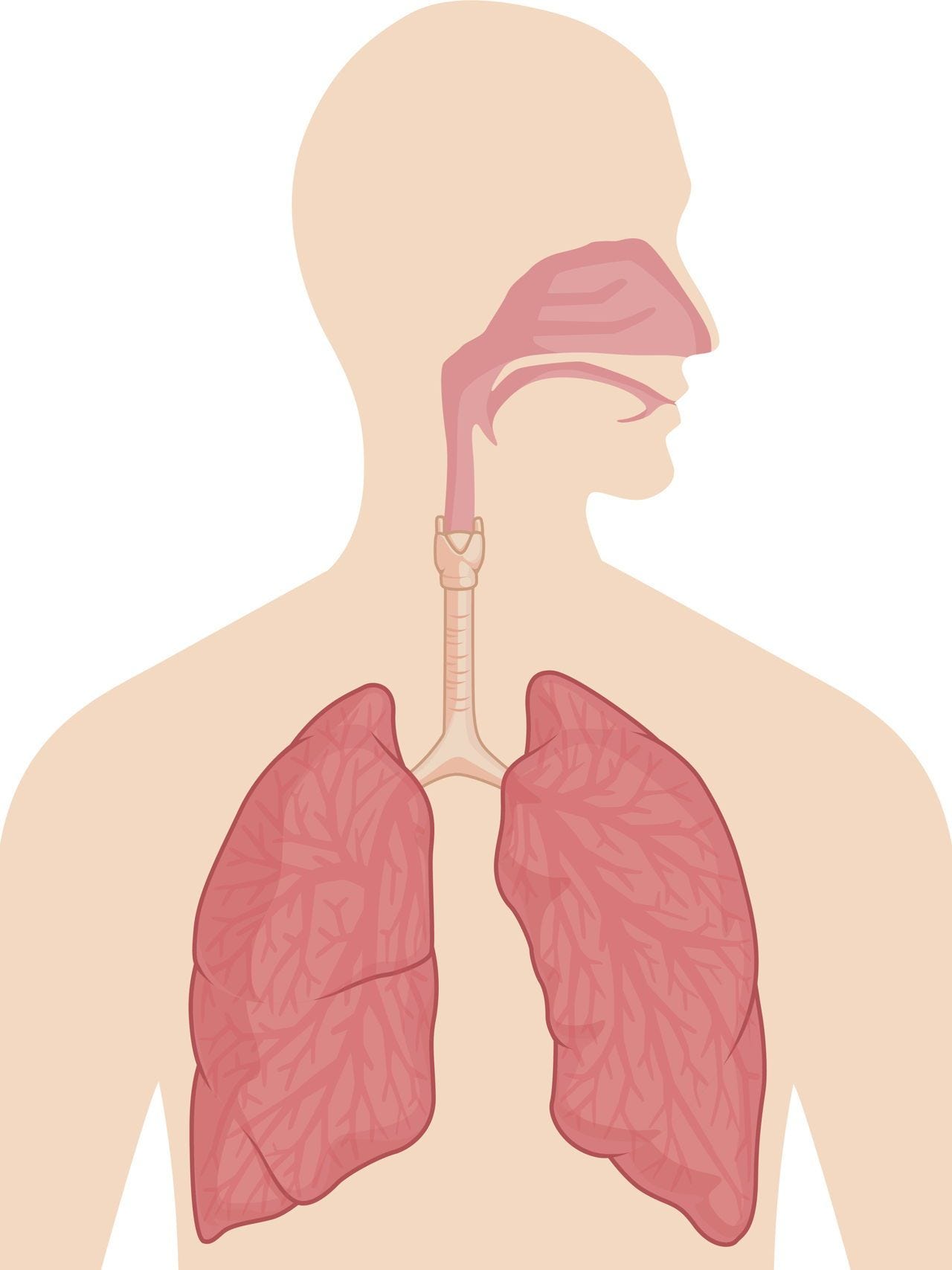








Post a Comment for "41 respiratory system with labels and functions"